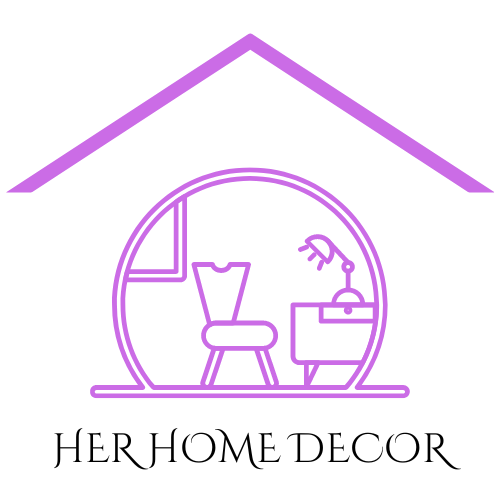Kids Bedroom Decor: Creating a Fun and Functional Space
Designing a kids’ bedroom is an opportunity to blend creativity with practicality, ensuring the space is not only visually appealing but also functional and comfortable. Here’s a comprehensive guide to help you create a dream bedroom for your child.
1. Concept and Theme
Choosing a theme can make decorating easier and more cohesive. Popular themes include:
- Fairy Tale: Enchanted forests, castles, and magical creatures.
- Space Adventure: Stars, planets, and astronaut motifs.
- Nature and Animals: Forests, jungles, and wildlife.
- Sports and Hobbies: Football, dance, music, or any interest your child has.
2. Color Palette
The color scheme sets the tone for the room and can affect your child’s mood and behavior.
- Bright and Bold: Vibrant hues like red, yellow, and blue can energize the space.
- Pastels: Gentle pinks, blues, and greens for a calming effect.
- Neutral Base with Pops of Color: A neutral base allows for flexibility as tastes change, with accents of bright colors.
3. Furniture
Functional and child-friendly furniture is key in a kids’ bedroom.
- Beds: Twin beds, bunk beds, or trundle beds for shared spaces. Consider a bed with built-in storage for added functionality.
- Storage: Shelves, cubbies, and toy chests to keep the room organized.
- Desks: A desk for homework and creative activities, with a comfortable chair.
4. Textiles and Bedding
Comfortable and durable textiles are essential.
- Bedding: Fun patterns and soft fabrics. Choose sheets, blankets, and pillowcases that match the room’s theme.
- Rugs: Area rugs add warmth and can define play areas. Choose durable, easy-to-clean materials.
- Curtains: Blackout curtains are great for helping children sleep longer, and fun designs can complement the room’s theme.
5. Lighting
Lighting should be both functional and fun.
- Overhead Lighting: A central light fixture for general illumination.
- Task Lighting: Desk lamps for homework and bedside lamps for reading.
- Night Lights: Gentle night lights to help your child feel safe at night.
6. Decorative Elements
Personalize the space with fun and meaningful decor.
- Wall Art: Posters, decals, or framed art that matches the room’s theme.
- Shelves: Display favorite books, toys, and collectibles.
- Accessories: Fun items like themed pillows, bean bags, and wall hooks.
7. Play Area
Incorporate a designated play area within the bedroom.
- Floor Space: Open floor space with a soft rug for playing.
- Activity Stations: Areas for specific activities like a craft table or reading nook.
8. Educational and Creative Elements
Encourage learning and creativity within the bedroom.
- Book Nook: A cozy corner with a bookshelf and comfortable seating.
- Art Display: A space to display your child’s artwork, such as a bulletin board or magnetic wall.
9. Safety and Practicality
Ensure the room is safe and practical for your child.
- Non-toxic Materials: Use non-toxic paints and materials.
- Sturdy Furniture: Choose durable furniture that can withstand rough play.
- Childproofing: Secure heavy furniture to the wall, use outlet covers, and ensure cords are out of reach.
10. Flexibility and Growth
Design the room to adapt as your child grows.
- Adjustable Furniture: Consider furniture that can grow with your child, like adjustable desks and beds.
- Modular Storage: Use storage solutions that can be reconfigured as needs change.
- Neutral Base: A neutral base allows for easy updates to the decor as your child’s interests evolve.
Some Beautiful Kids Bedroom Decor
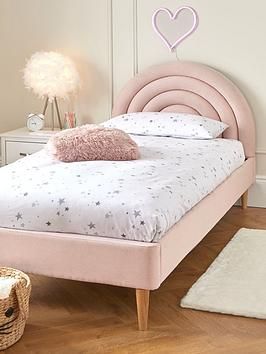
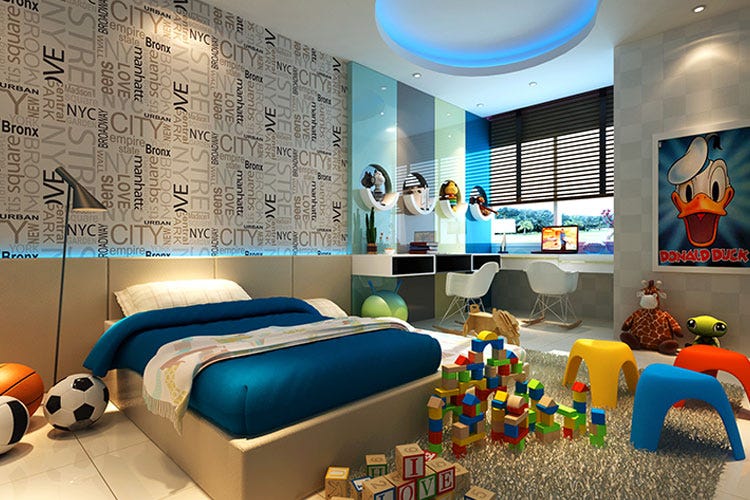
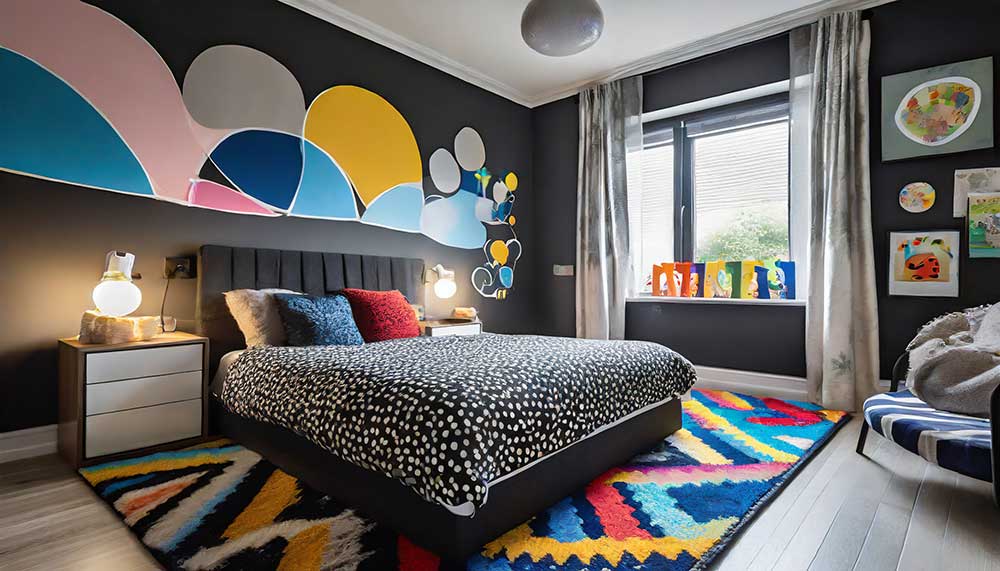
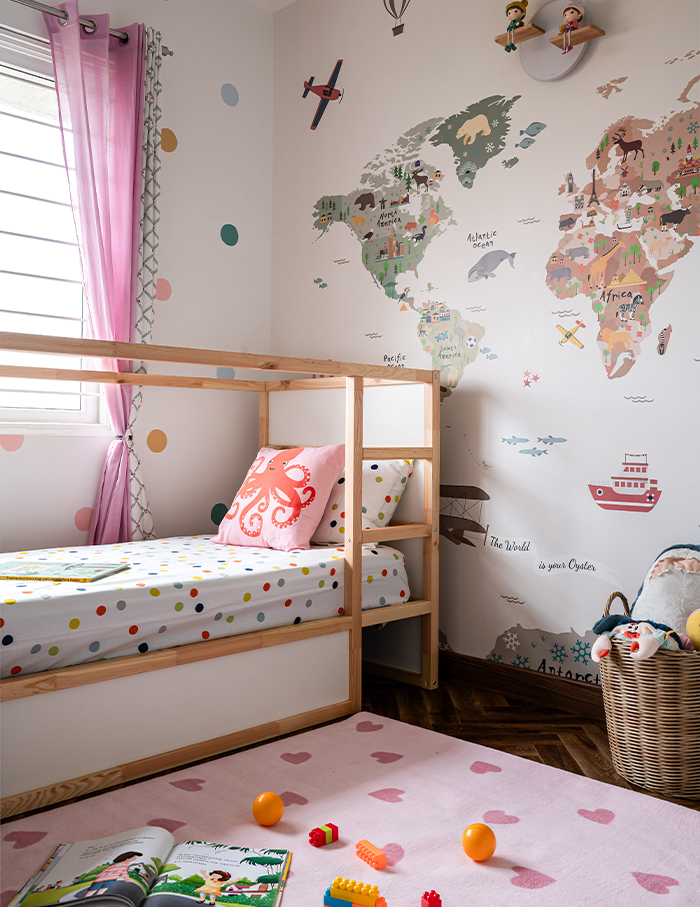
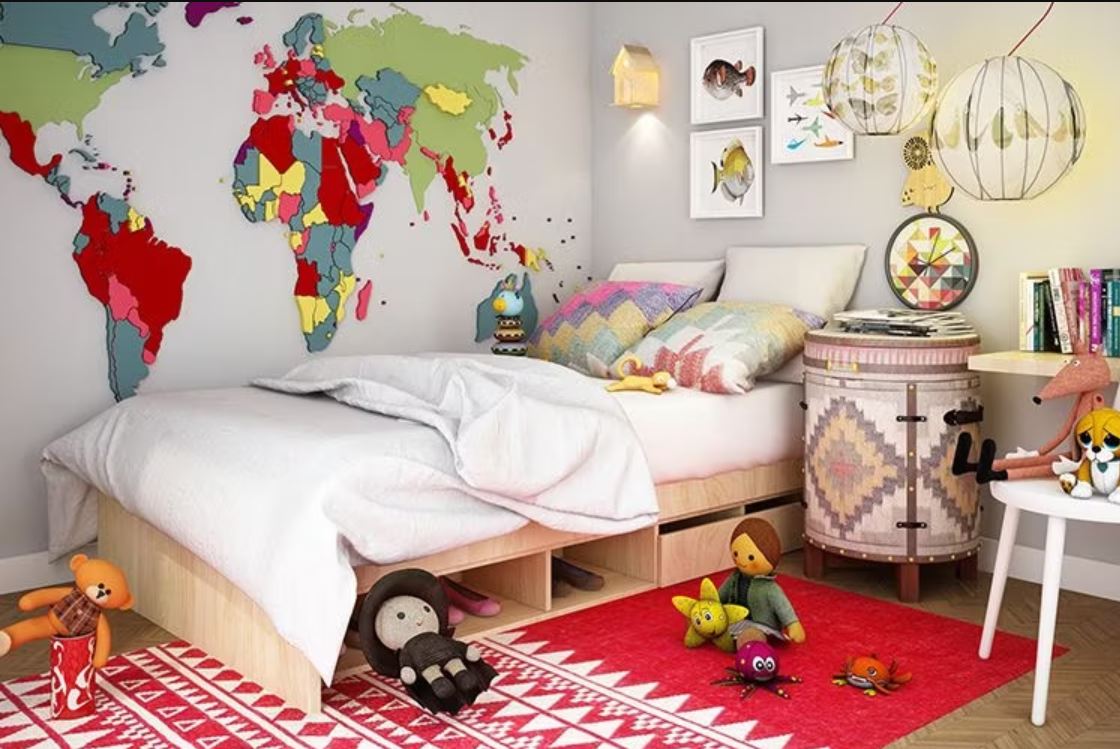
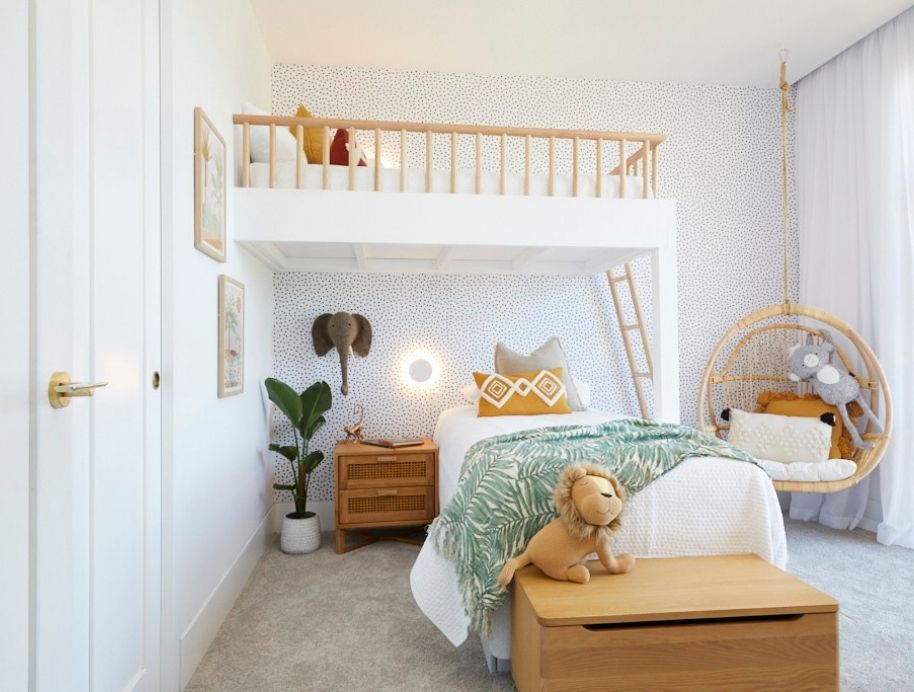
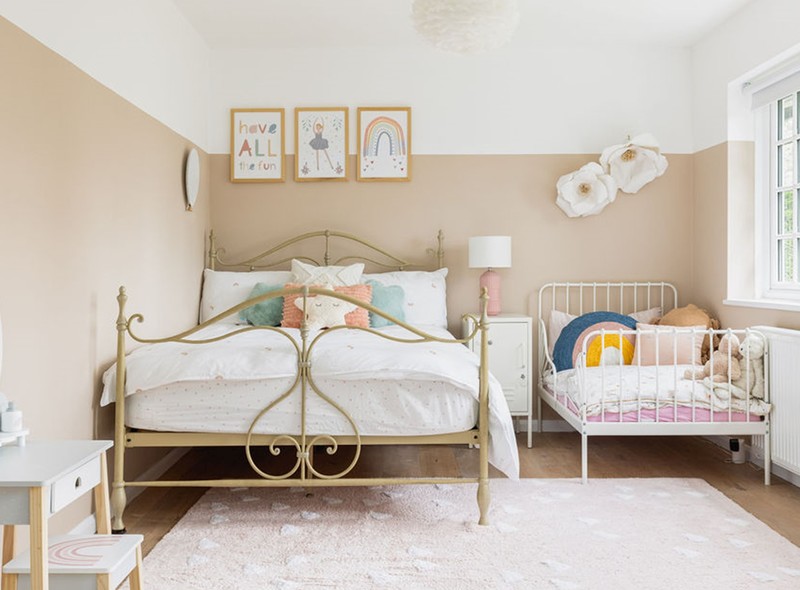
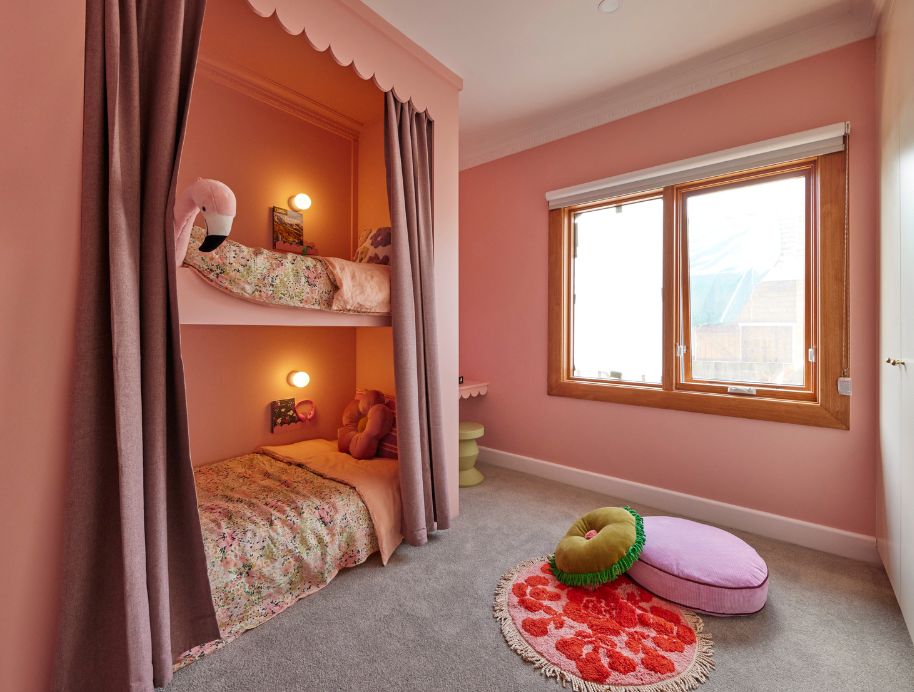
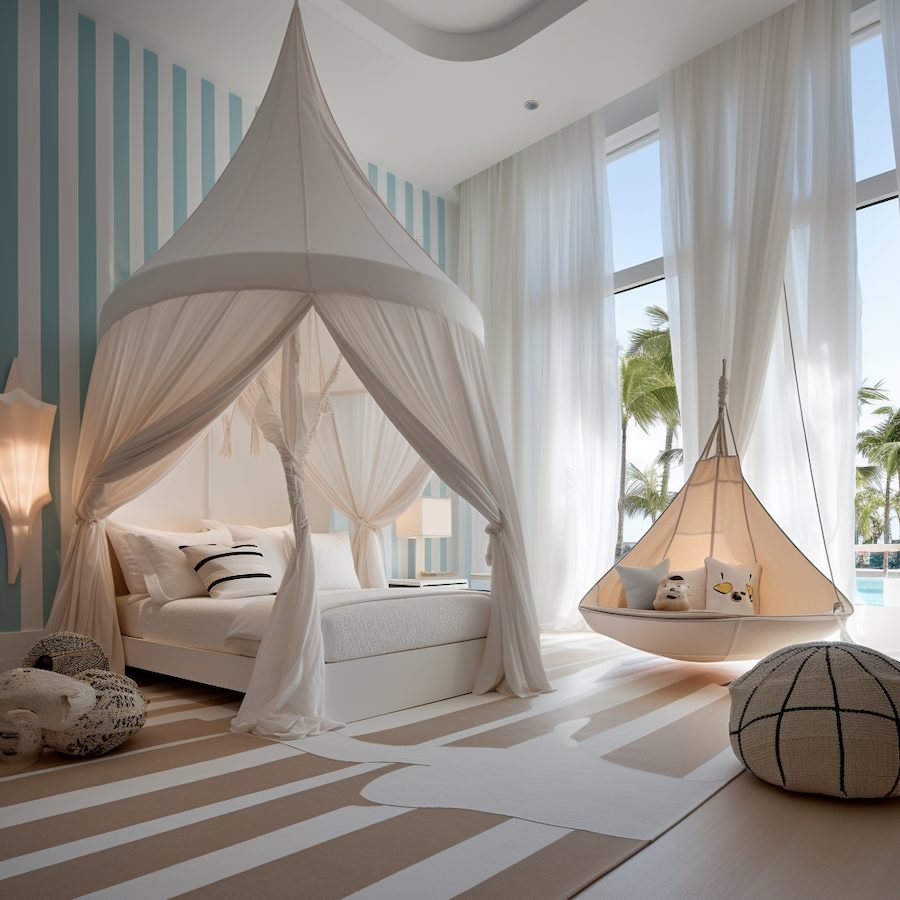
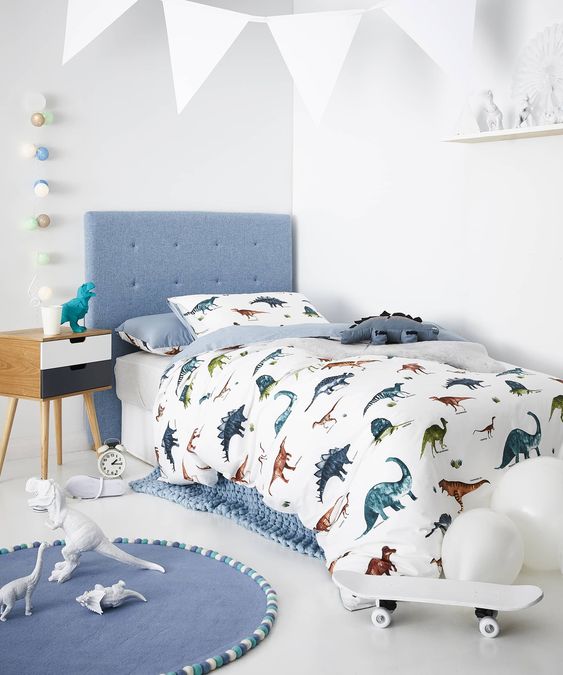
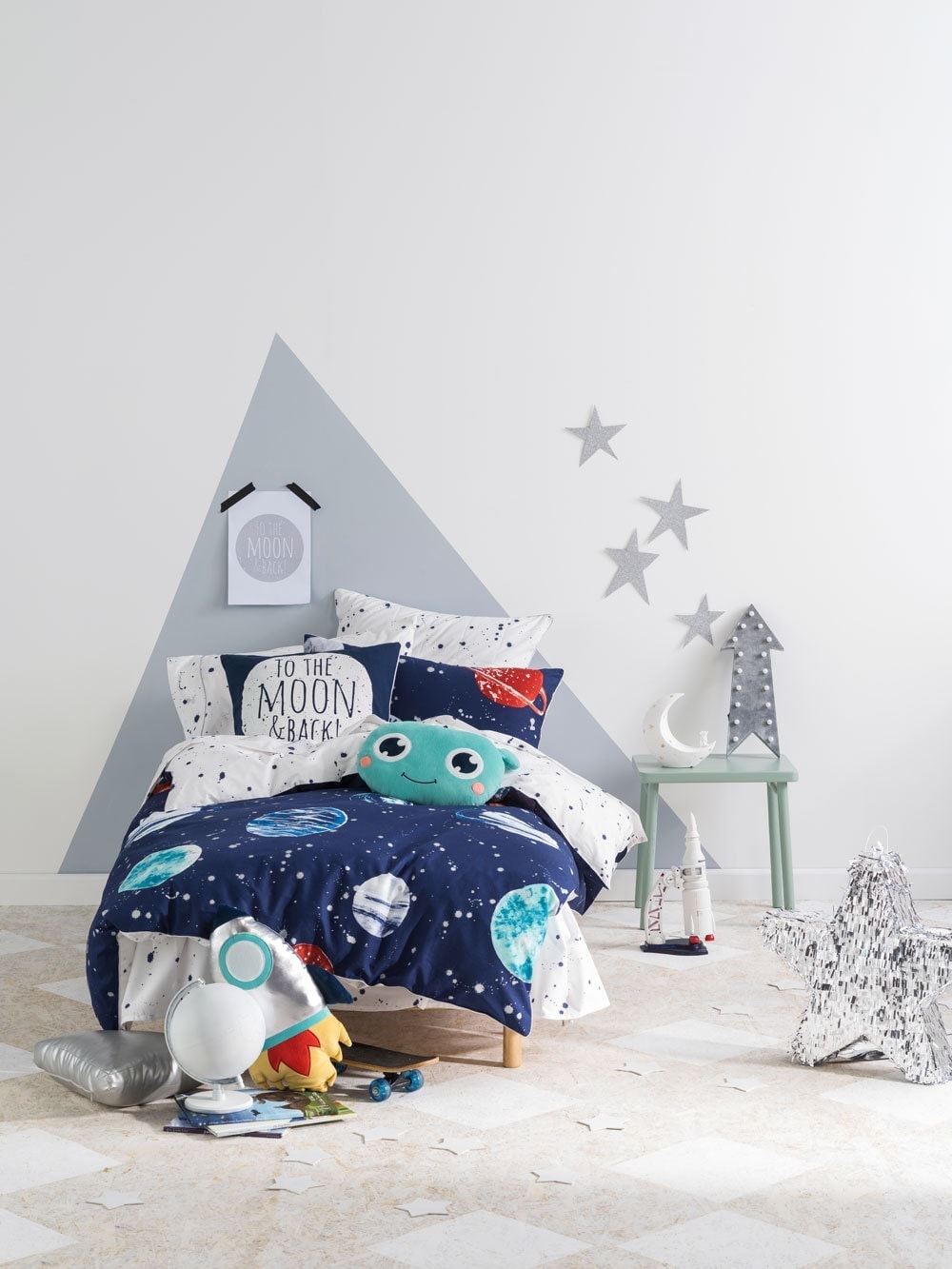
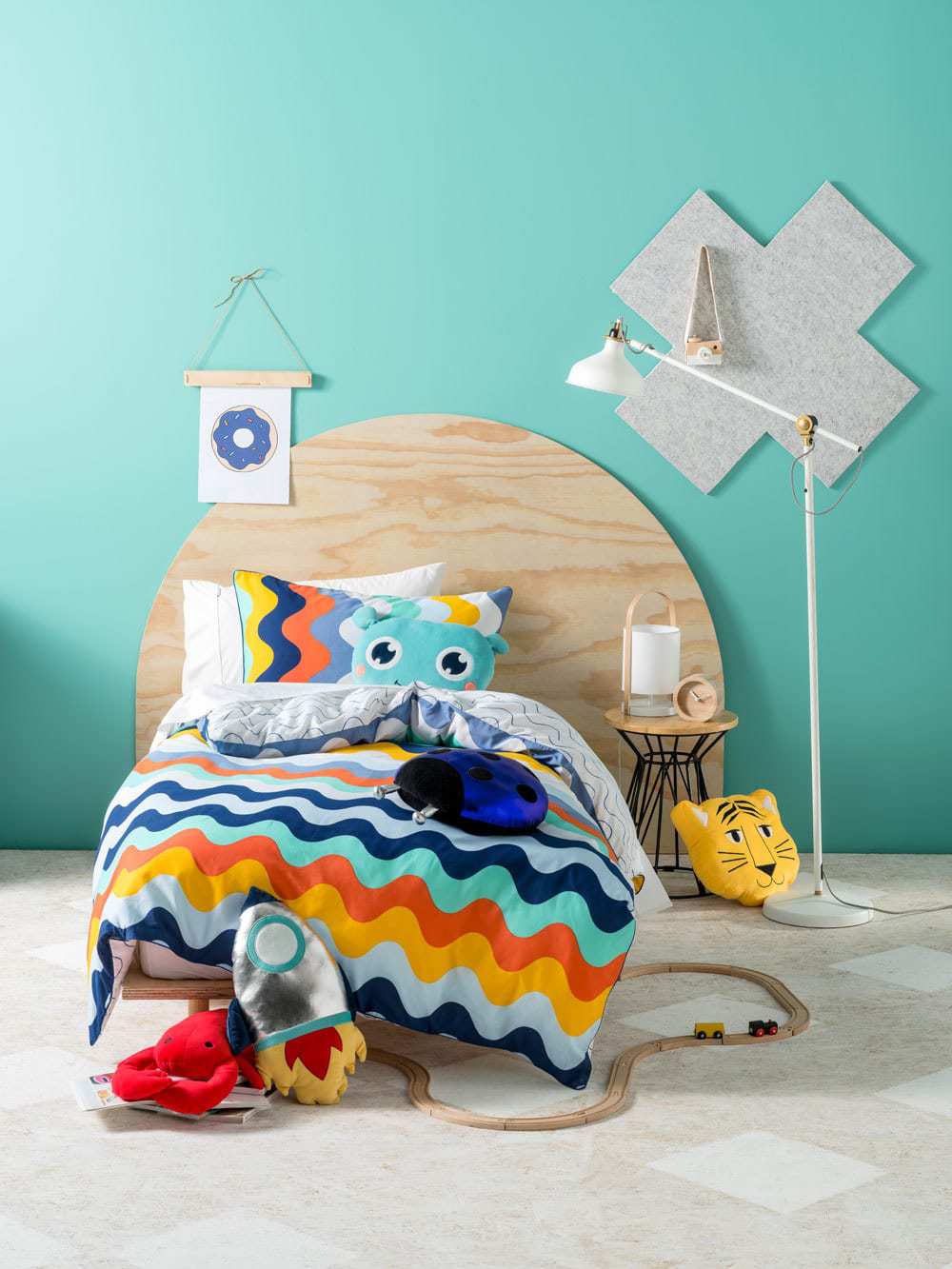
Conclusion
Creating a kids’ bedroom that is both fun and functional involves a mix of creativity and practicality. By focusing on themes, color schemes, and child-friendly furniture, you can design a space that your child will love and thrive in. Incorporate elements that encourage learning and creativity, while also ensuring safety and adaptability for years to come.
